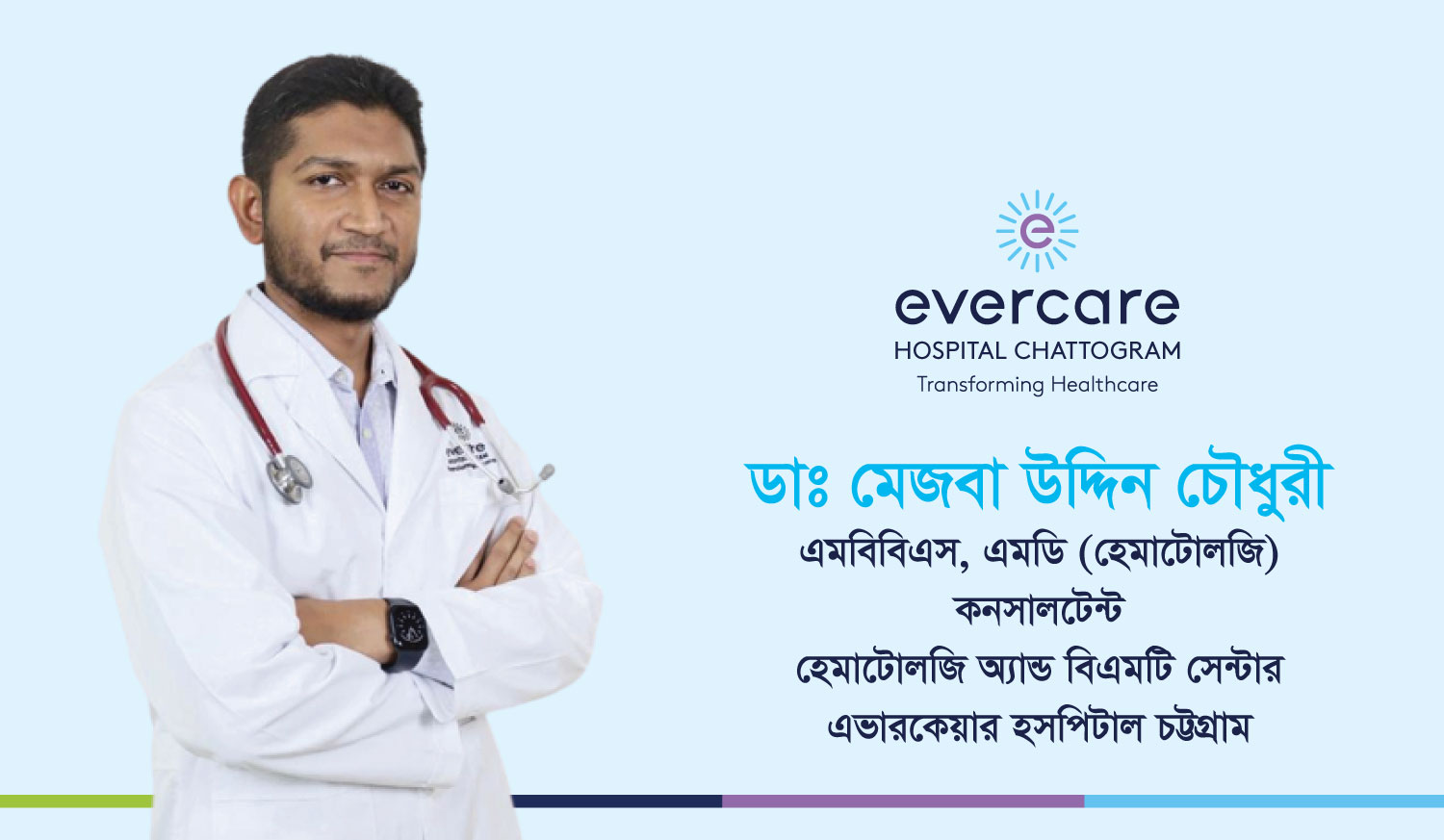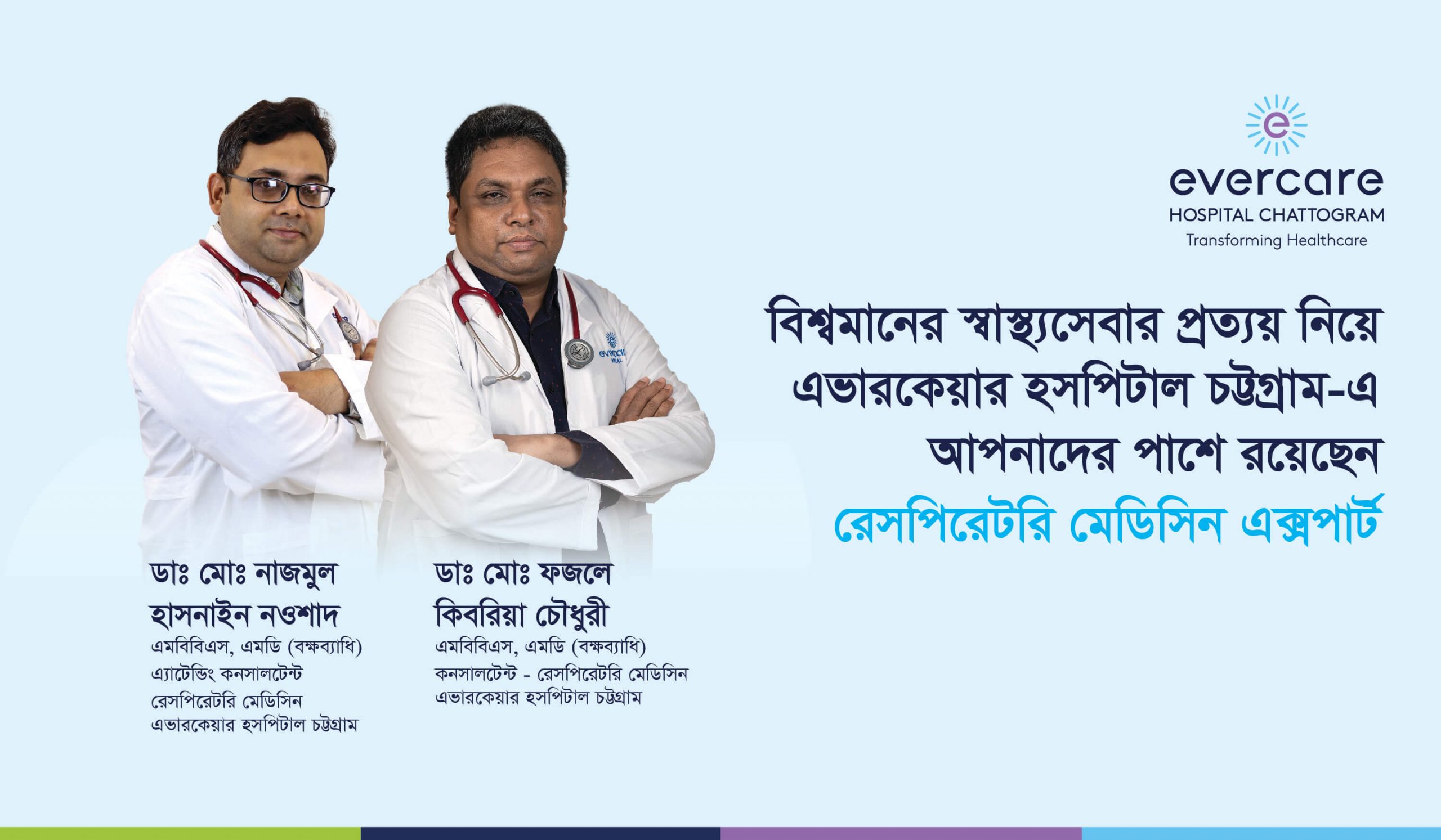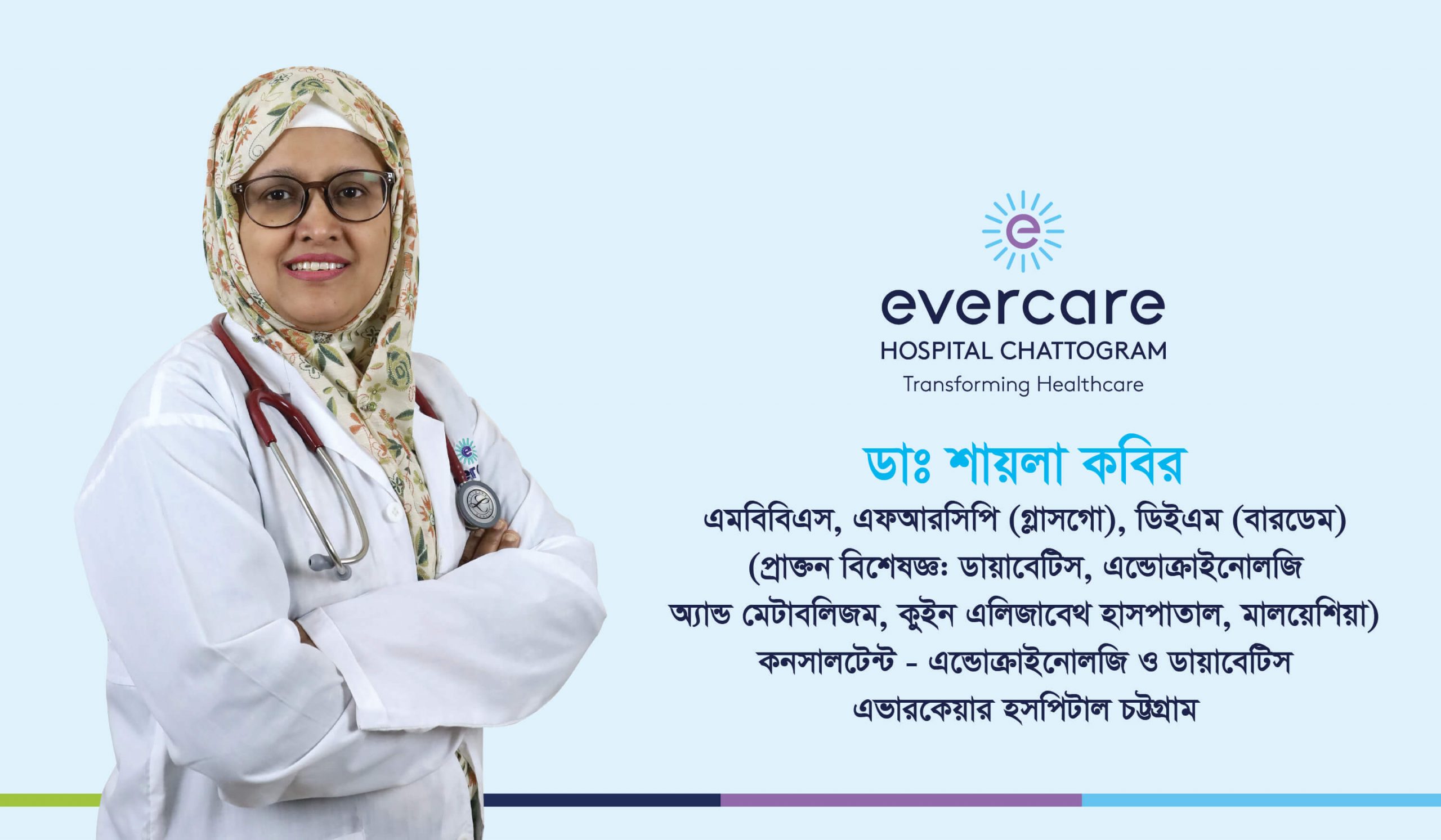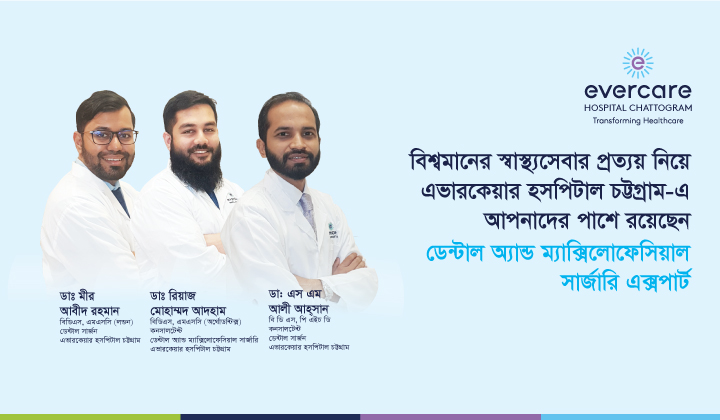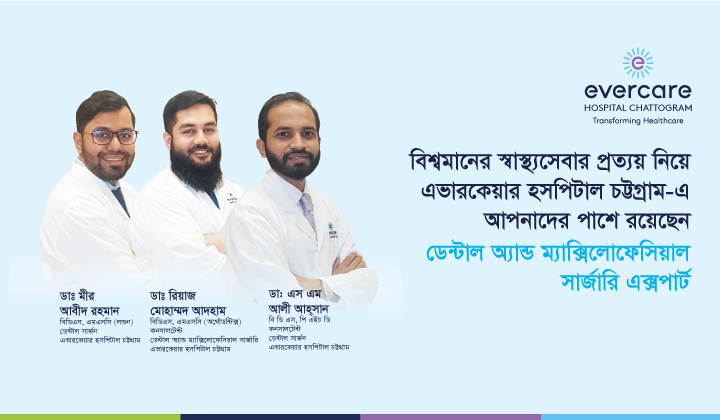রক্তের ক্যান্সার কী?
রক্তের ক্যান্সার, বা ব্লাড ক্যান্সার হল রক্তের কোষের একটি অস্বাভাবিক বৃদ্ধি। আমাদের শরীরে রক্তকোষ তৈরি হয় অস্থি মজ্জায়। এই কোষগুলি যখন অস্বাভাবিকভাবে বৃদ্ধি পায় তখন রক্তের ক্যান্সার হয়। এই অস্বাভাবিক কোষগুলি স্বাভাবিক রক্তকোষের কাজে বাধা দেয় এবং শরীরকে সংক্রমণের বিরুদ্ধে লড়াই করার ক্ষমতা কমিয়ে দেয়।
রক্তের ক্যান্সারের প্রকারভেদ
রক্তের ক্যান্সারের বিভিন্ন ধরন রয়েছে। এর মধ্যে সবচেয়ে সাধারণ কয়েকটি হল:
- লিউকেমিয়া: এই ধরনের ক্যান্সারে রক্তের শ্বেত রক্তকণিকা অস্বাভাবিকভাবে বৃদ্ধি পায়।
- লিম্ফোমা: এই ধরনের ক্যান্সারে লিম্ফ নোডে অস্বাভাবিক কোষ বৃদ্ধি পায়।
- মাইলোমা: এই ধরনের ক্যান্সারে প্লাজমা কোষ অস্বাভাবিকভাবে বৃদ্ধি পায়।
রক্তের ক্যান্সারের লক্ষণ
রক্তের ক্যান্সারের লক্ষণ ব্যক্তিভেদে এবং ক্যান্সারের ধরনের উপর নির্ভর করে পরিবর্তিত হতে পারে। সাধারণত দেখা যায়:
- অস্বাভাবিক ক্লান্তি
- জ্বর
- রাতে ঘামা
- ওজন কমে যাওয়া
- হাড়ে ব্যথা
- চামড়ায় ফুসকুড়ি
- গলায় ফোলা
- লিম্ফ নোড ফুলে যাওয়া
- বার বার সংক্রমণ হওয়া
রক্তের ক্যান্সারের কারণ
রক্তের ক্যান্সারের সঠিক কারণ এখনও পর্যন্ত পুরোপুরি জানা যায়নি। তবে কিছু কারণ রয়েছে যা এই ক্যান্সারের ঝুঁকি বাড়াতে পারে, যেমন:
- বয়স
- রেডিয়েশন
- কিছু রাসায়নিক পদার্থ
- কিছু ভাইরাস
- পারিবারিক ইতিহাস
রক্তের ক্যান্সারের নির্ণয়
রক্তের ক্যান্সার নির্ণয়ের জন্য ডাক্তার বিভিন্ন পরীক্ষা করতে পারেন, যেমন:
- রক্ত পরীক্ষা: রক্তের কোষ গণনা এবং অস্বাভাবিক কোষের উপস্থিতি পরীক্ষা করা হয়।
- অস্থি মজ্জা পরীক্ষা: অস্থি মজ্জা থেকে কোষের নমুনা নিয়ে পরীক্ষা করা হয়।
- ইমেজিং পরীক্ষা: এক্স-রে, সিটি স্ক্যান, এমআরআই ইত্যাদি পরীক্ষার মাধ্যমে শরীরের ভিতরে ক্যান্সারের বিস্তার পরীক্ষা করা হয়।
রক্তের ক্যান্সারের চিকিৎসা
রক্তের ক্যান্সারের চিকিৎসা ক্যান্সারের ধরন, পর্যায় এবং রোগীর সামগ্রিক স্বাস্থ্যের উপর নির্ভর করে। সাধারণত ব্যবহৃত চিকিৎসা পদ্ধতিগুলি হল:
- কেমোথেরাপি: ক্যান্সার কোষকে ধ্বংস করার জন্য রাসায়নিক পদার্থ ব্যবহার করা।
- রেডিয়েশন থেরাপি: ক্যান্সার কোষকে ধ্বংস করার জন্য উচ্চ শক্তির রশ্মি ব্যবহার করা।
- টার্গেটেড থেরাপি: ক্যান্সার কোষের নির্দিষ্ট অংশকে লক্ষ্য করে ওষুধ ব্যবহার করা।
- ইমিউনোথেরাপি: শরীরের নিজস্ব রোগ প্রতিরোধ ব্যবস্থাকে শক্তিশালী করে ক্যান্সার কোষকে ধ্বংস করার জন্য উৎসাহিত করা।
- অস্থি মজ্জা বা স্টেম সেল ট্রান্সপ্লান্ট: ক্ষতিগ্রস্ত অস্থি মজ্জাকে স্বাস্থ্যকর অস্থি মজ্জা দিয়ে প্রতিস্থাপন করা।
রক্তের ক্যান্সারের প্রতিরোধ
রক্তের ক্যান্সারের সঠিক প্রতিরোধের উপায় এখনও পর্যন্ত জানা যায়নি। তবে স্বাস্থ্যকর জীবনযাপন, ধূমপান না করা, সুষম খাদ্য গ্রহণ এবং নিয়মিত চিকিৎসকের পরামর্শ নেওয়া এই ক্যান্সারের ঝুঁকি কমাতে সাহায্য করতে পারে।

